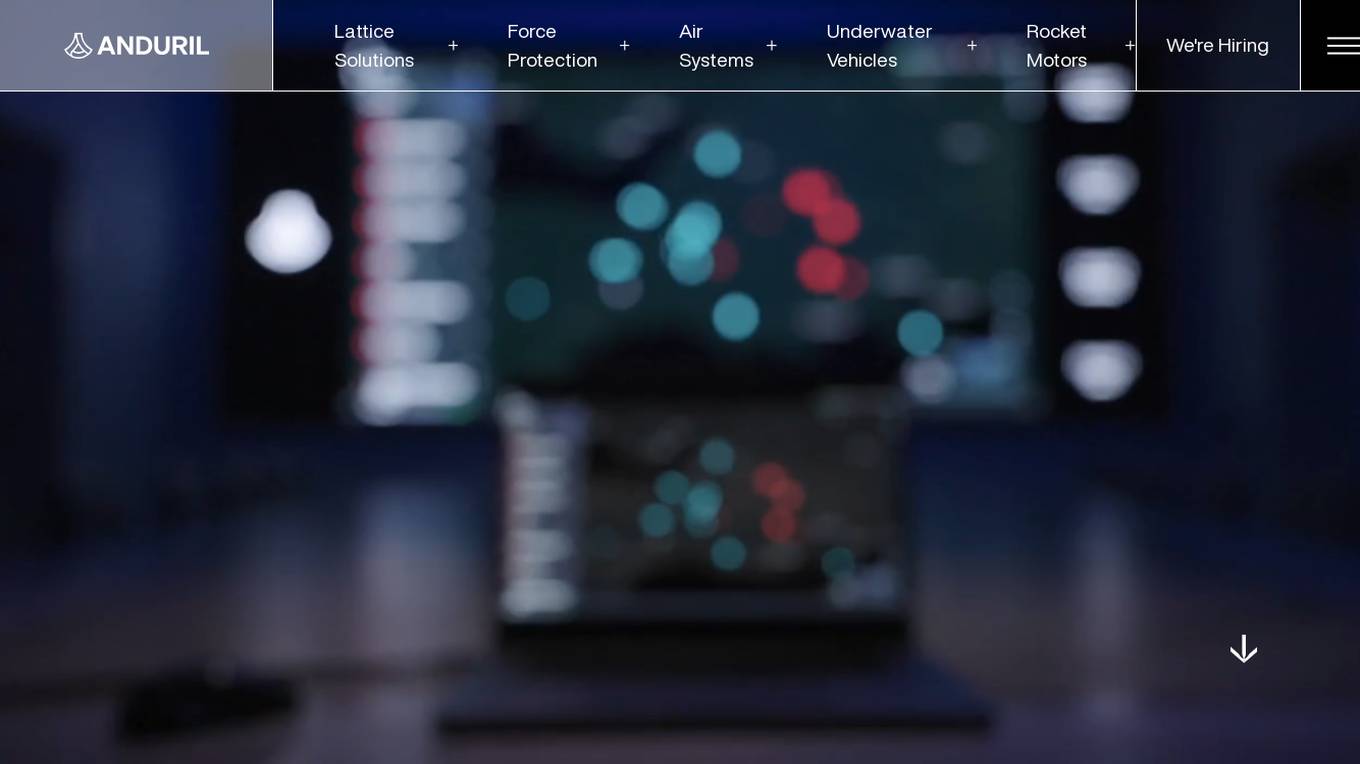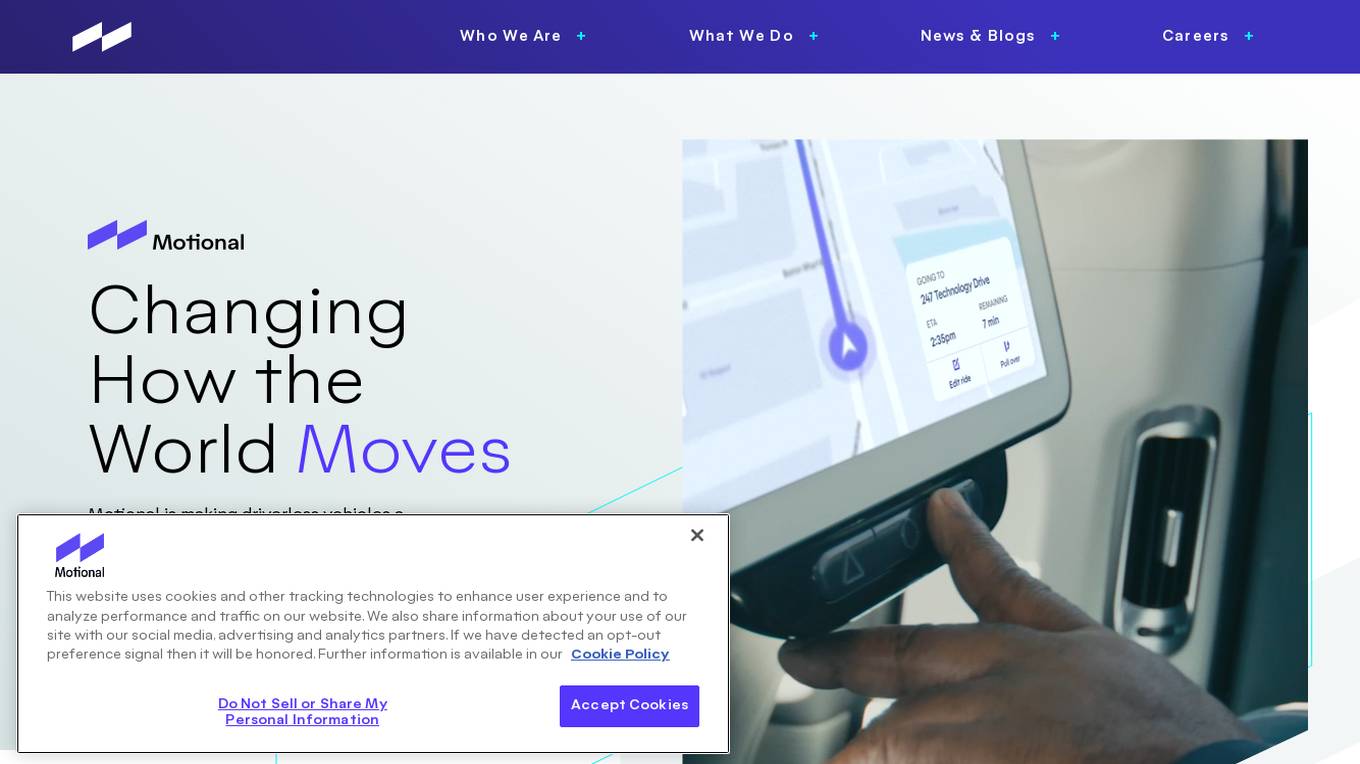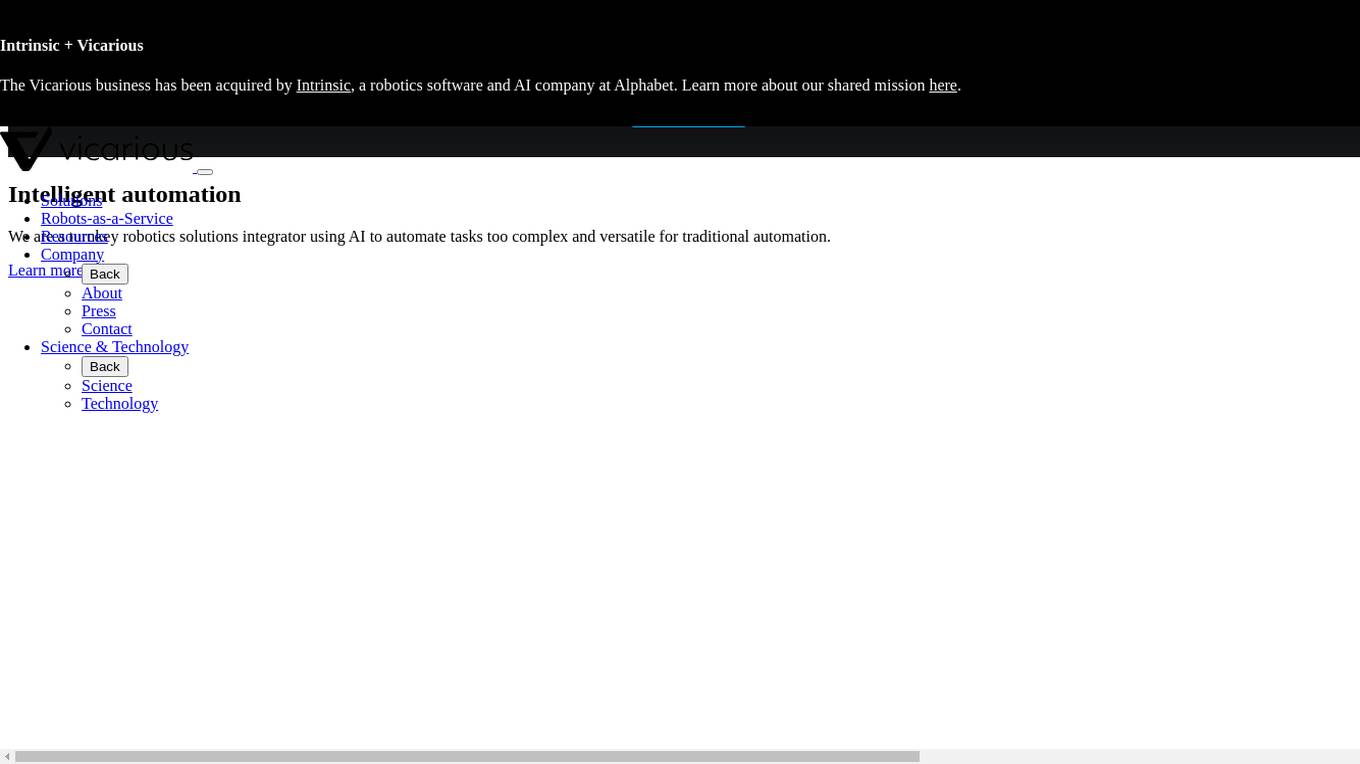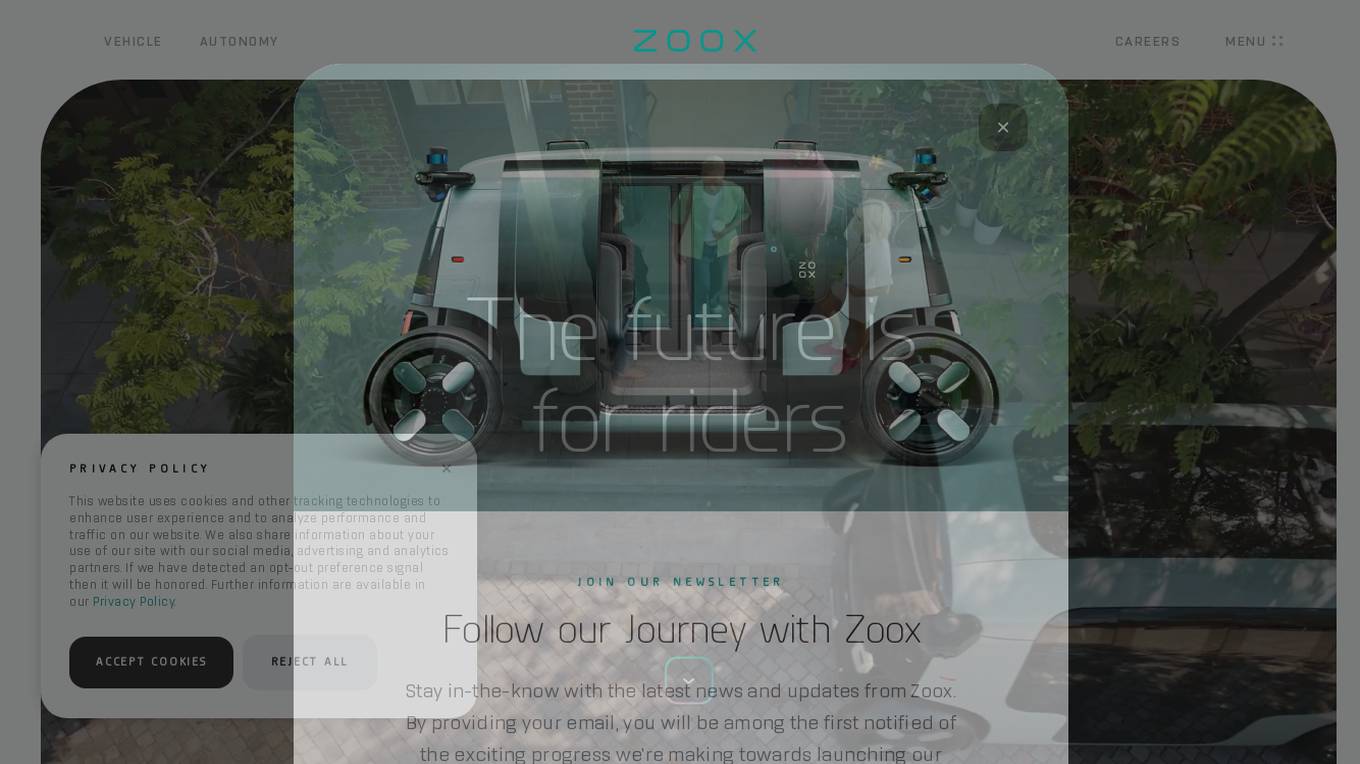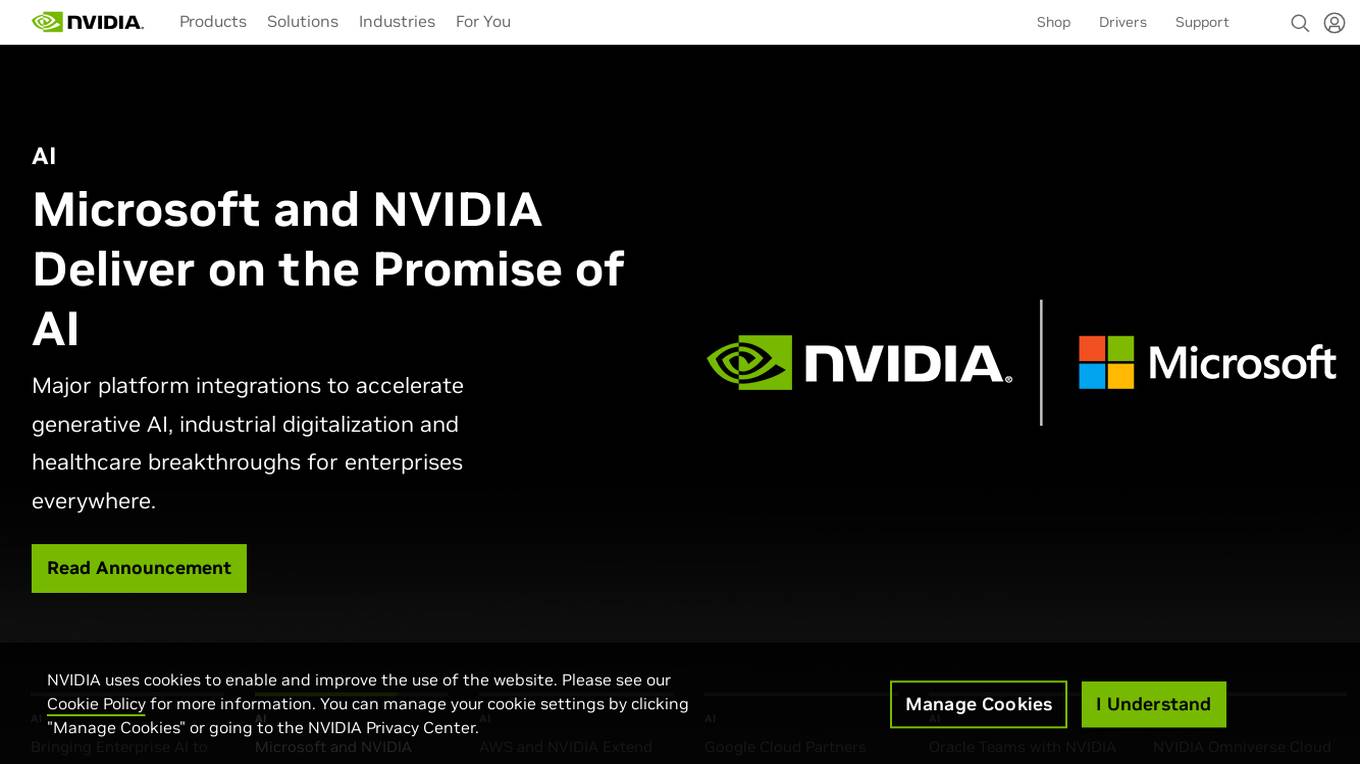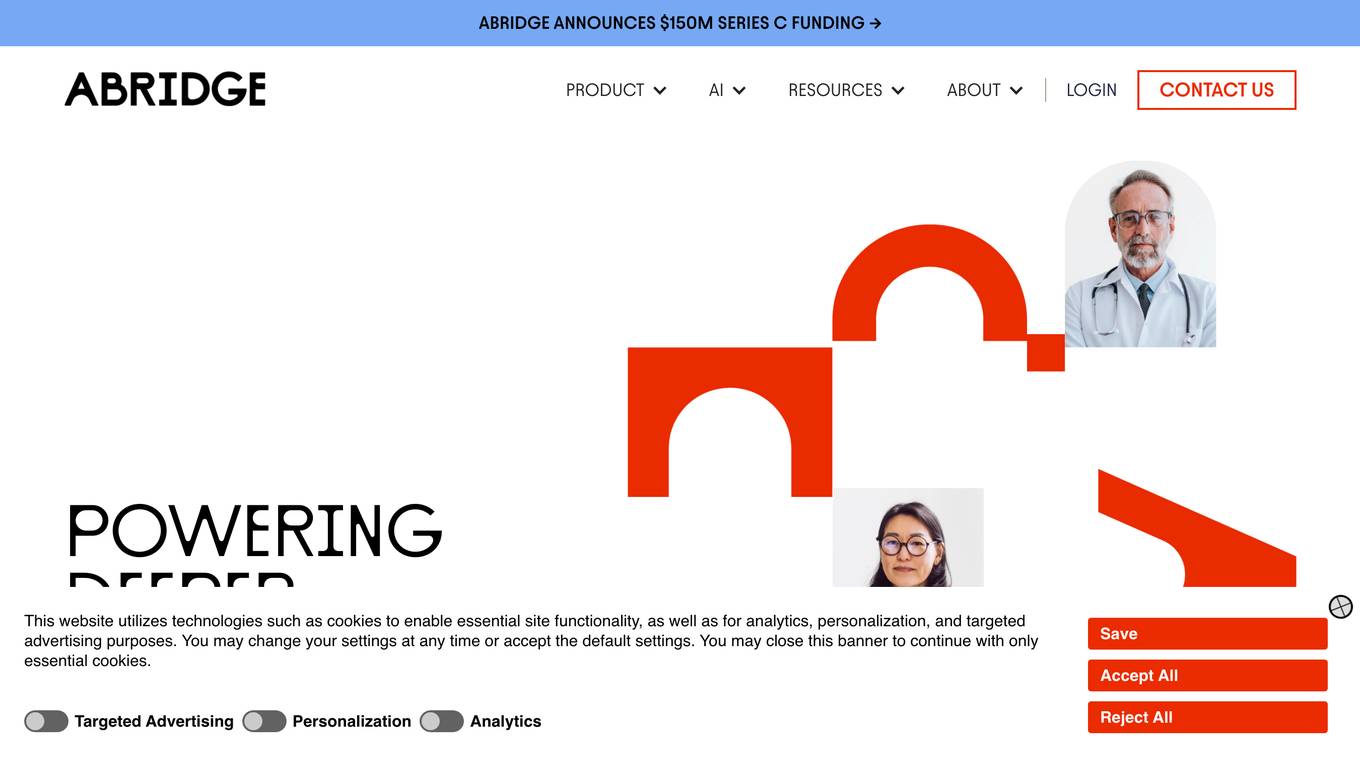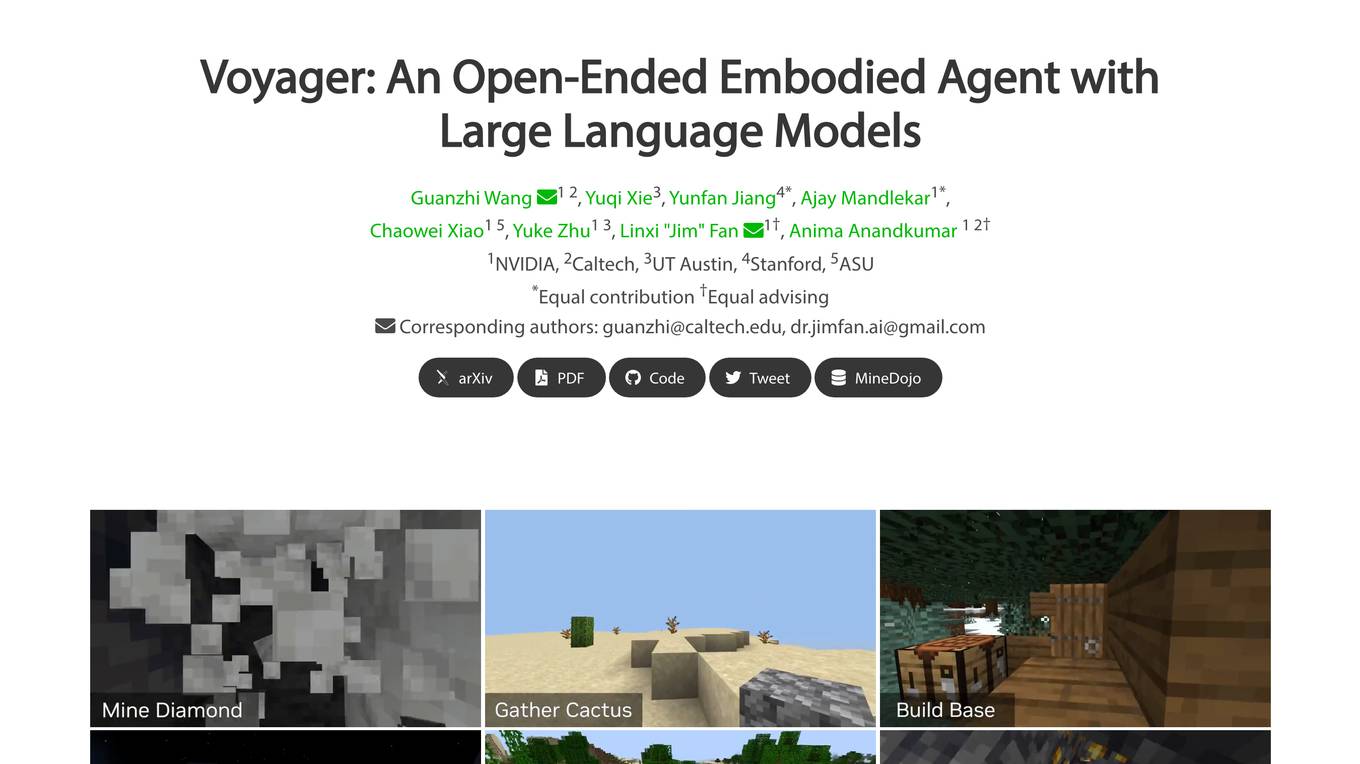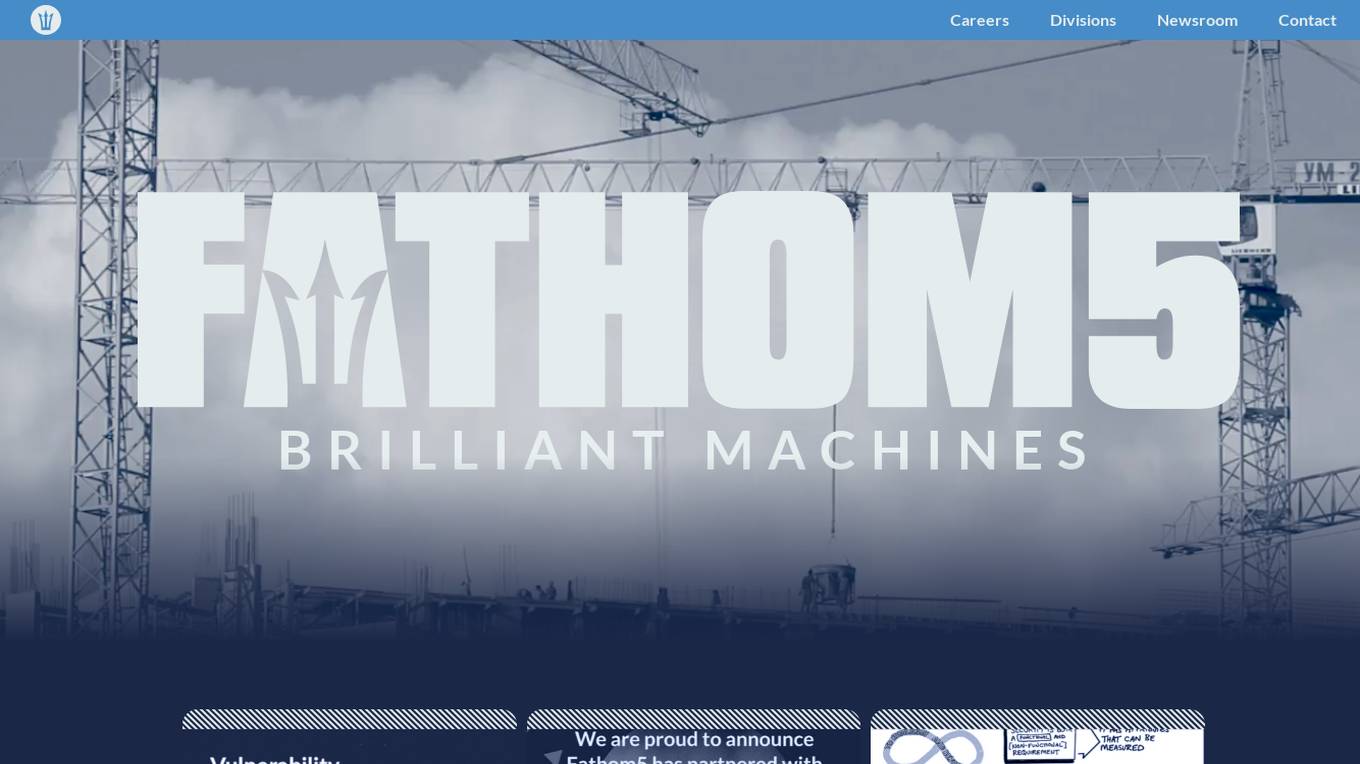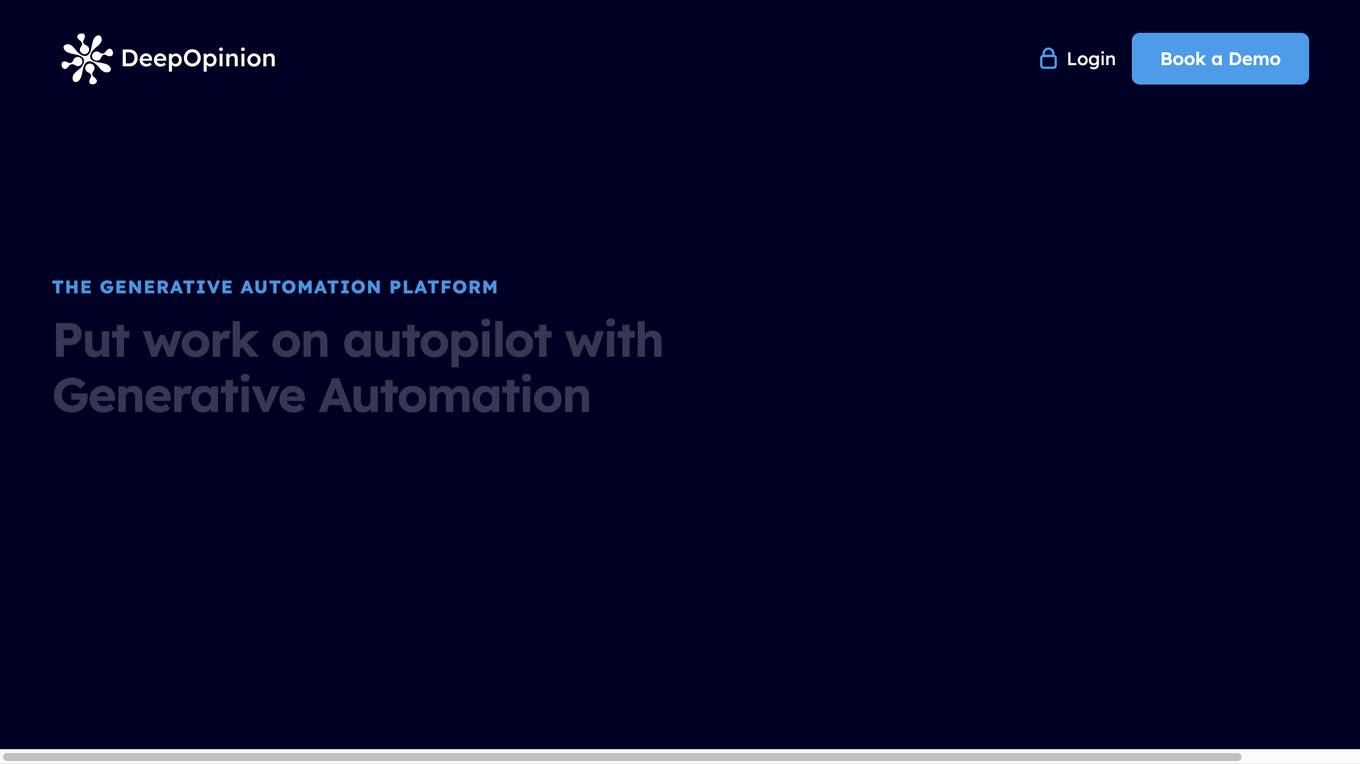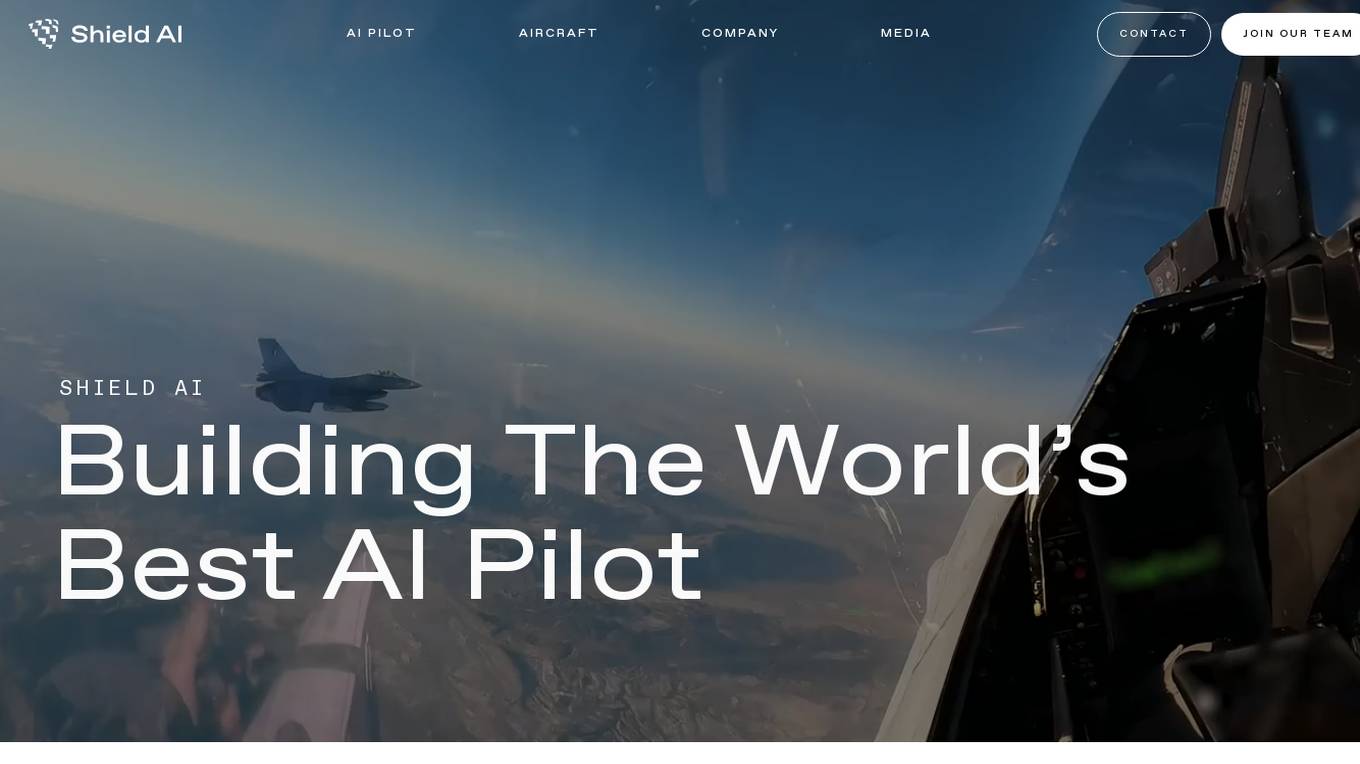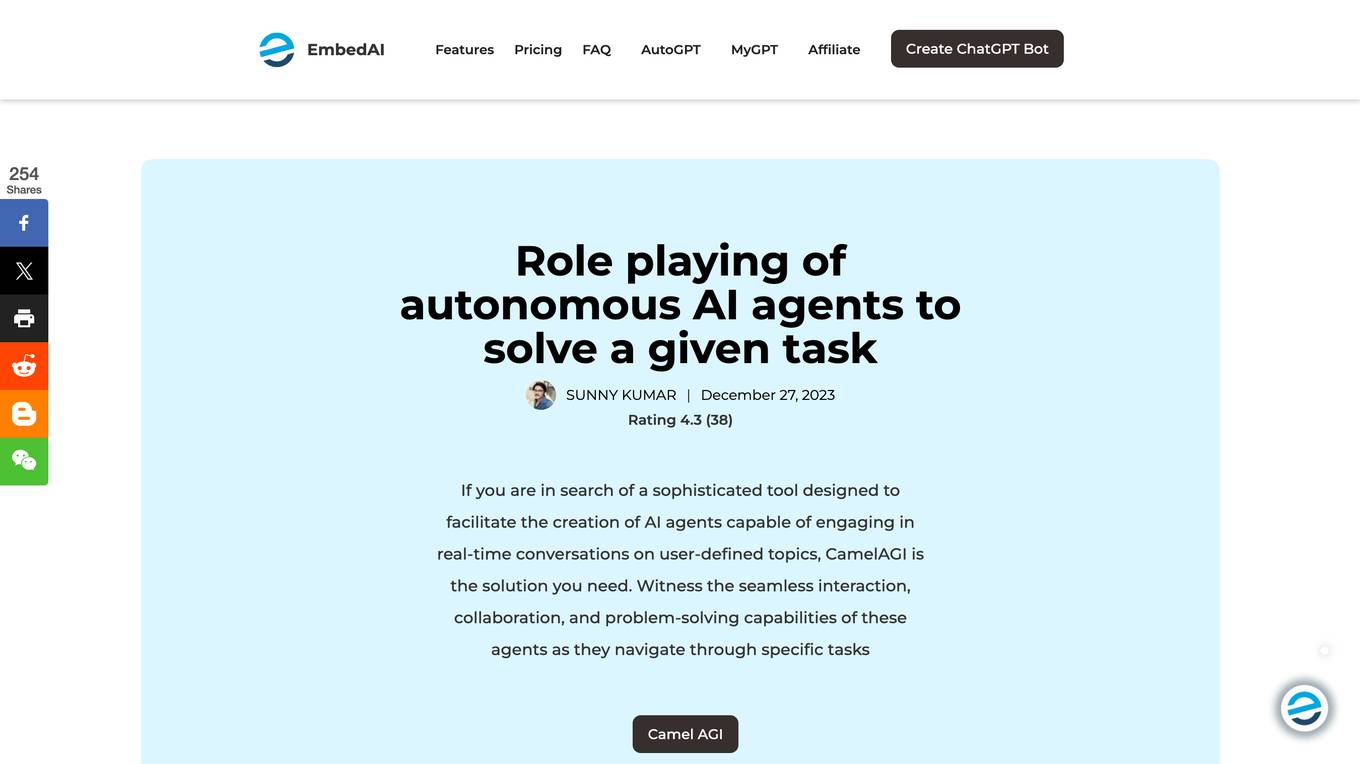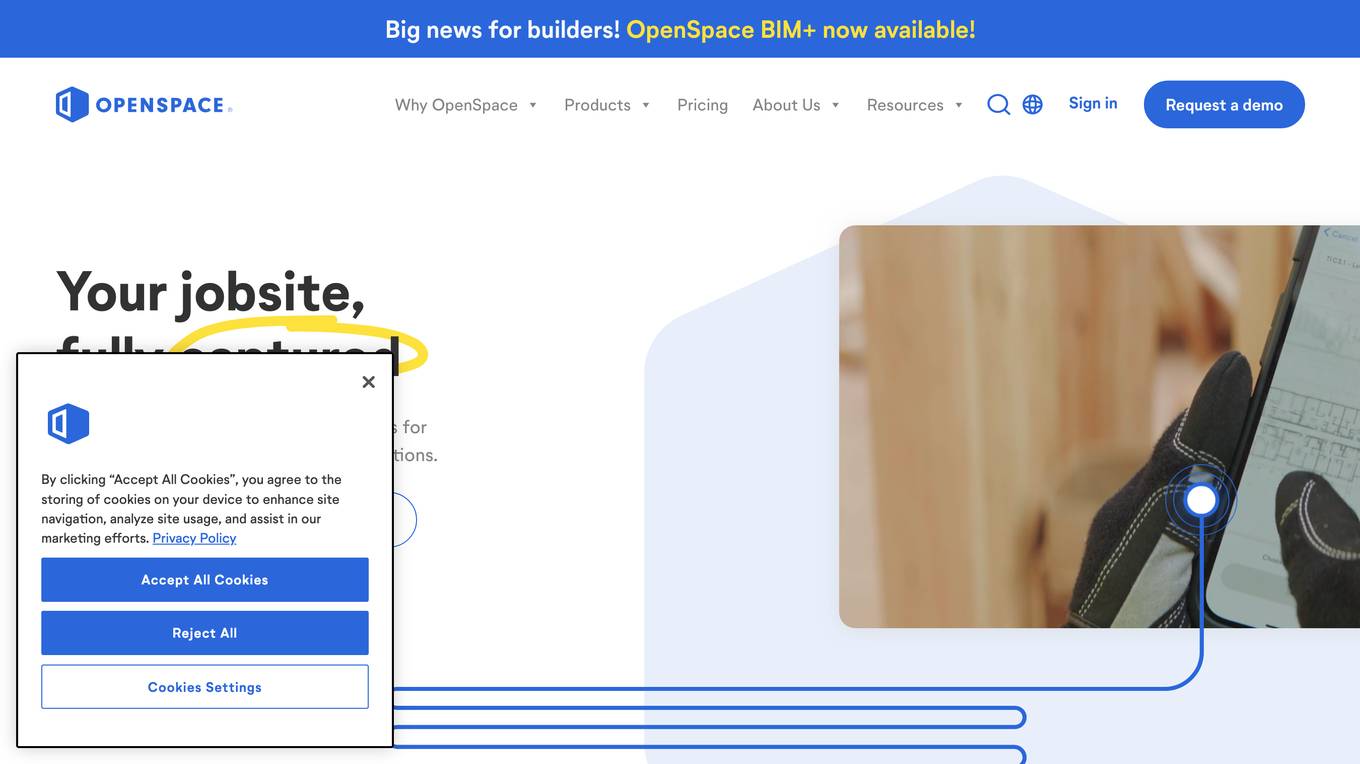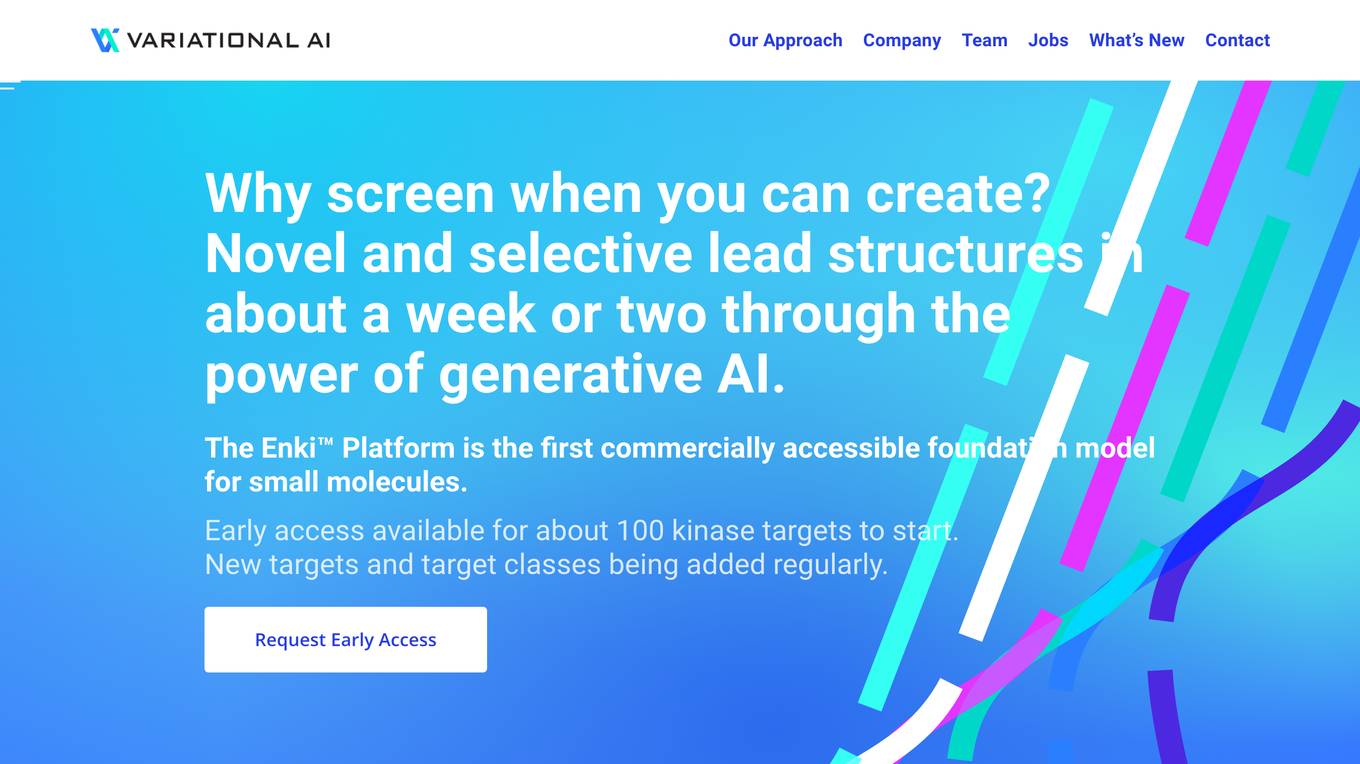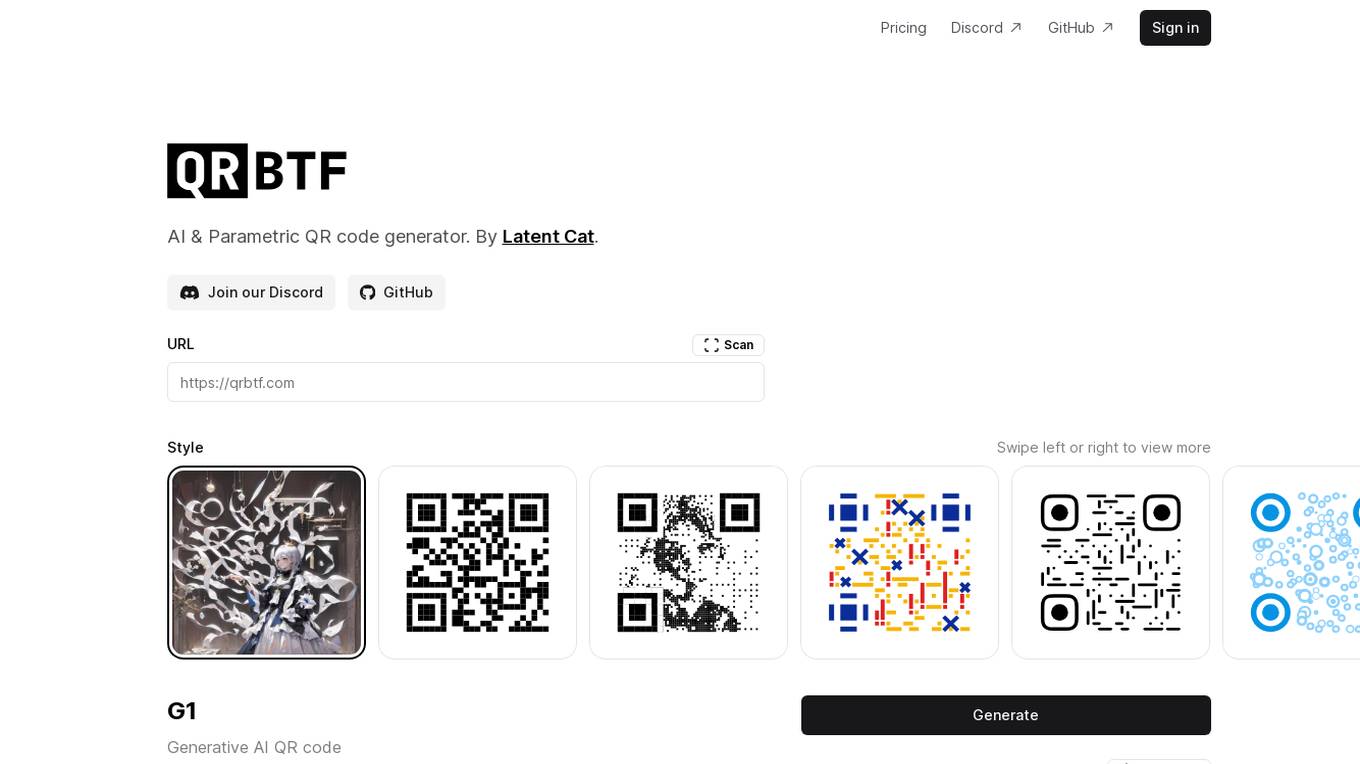Sanctuary
None
Monthly visits:38785
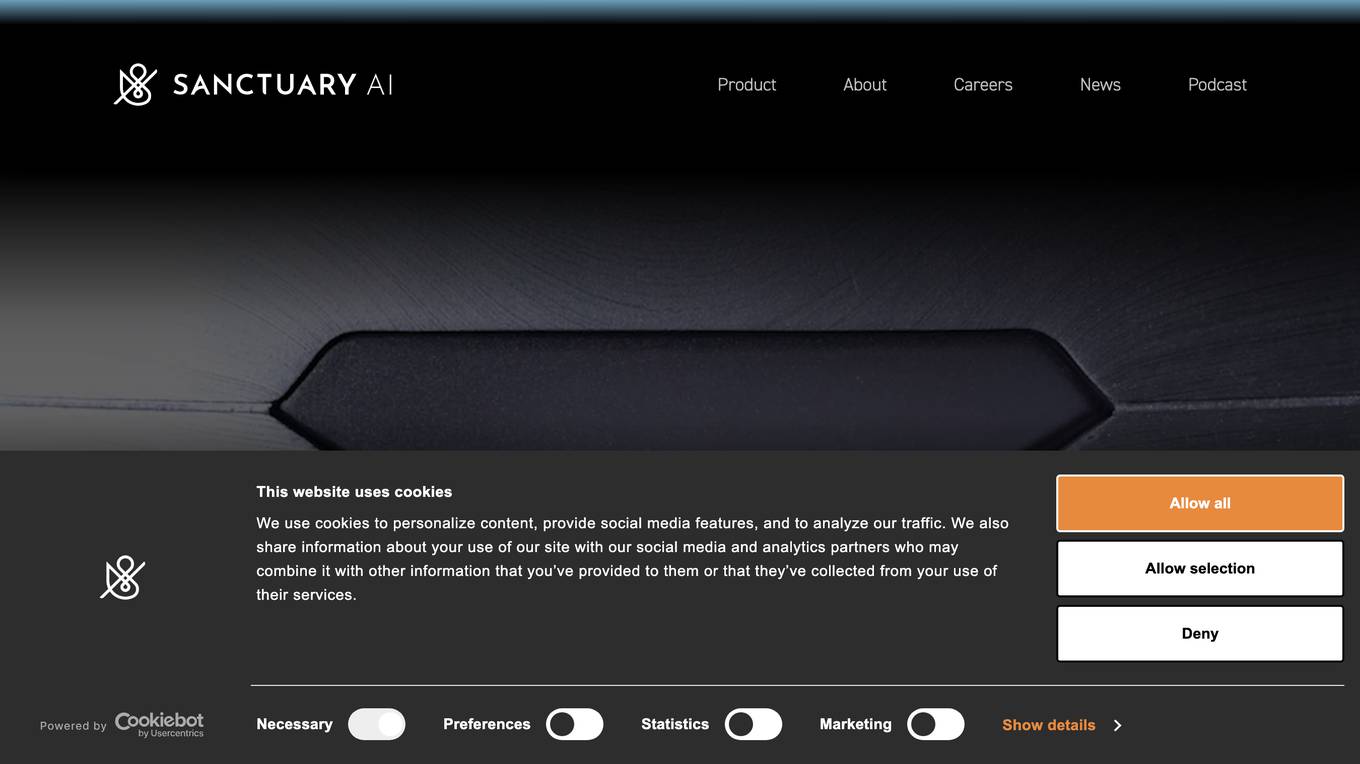
Description:
Sanctuary Cognitive Systems Corporation is a company that develops and manufactures general-purpose robots. Their flagship product, Phoenix™, is the world's first humanoid general-purpose robot powered by Carbon™, their pioneering AI control system. Phoenix™ is designed for work and is the only general-purpose robot featured in TIME's Best Inventions 2023. Sanctuary's robots are remotely piloted or supervised by people and are designed to both train and work alongside them. When instructed to do so, their robots will use their own built-in autonomous control system to observe, assess, and act on tasks in an efficient and prosperous manner.
For Tasks:
For Jobs:
Features
- Powered by Carbon™, Sanctuary's pioneering AI control system
- Humanoid general-purpose robot
- Remotely piloted or supervised by people
- Designed to train and work alongside people
- Uses built-in autonomous control system to observe, assess, and act on tasks
Advantages
- Can help to address labor shortages around the world
- Can bring new hope and opportunities to those who might be less capable of physical work
- Can help to make work safer, more efficient, and more sustainable
- Can make it possible to do a job from anywhere, without having to be there in person
- Can help to create new jobs
Disadvantages
- Can be expensive to purchase and maintain
- May require specialized training to operate
- May not be suitable for all tasks
Frequently Asked Questions
-
Q:What is Phoenix™?
A:Phoenix™ is the world's first humanoid general-purpose robot powered by Carbon™, Sanctuary's pioneering AI control system, and designed for work. -
Q:What are the benefits of using Sanctuary robots?
A:Sanctuary robots can help to make work safer, more efficient, and more sustainable. They can also help to address labor shortages around the world and bring new hope and opportunities to those who might be less capable of physical work. -
Q:How do Sanctuary robots work?
A:Sanctuary robots are remotely piloted or supervised by people and are designed to both train and work alongside them. When instructed to do so, their robots will use their own built-in autonomous control system to observe, assess, and act on tasks in an efficient and prosperous manner.

